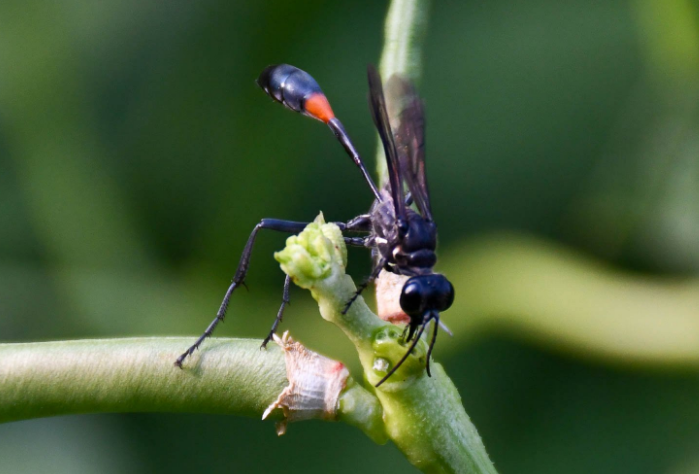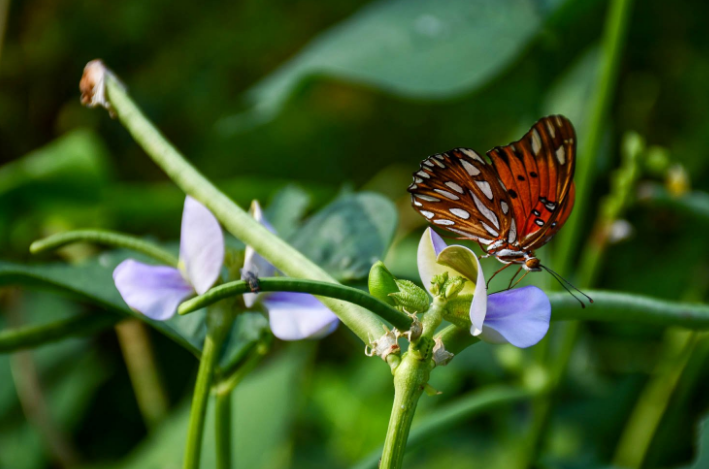Onions and leeks are two beneficial crops from the start for a long time. The seeds are started under the lights in January, as they like bright light, and the house is moved to a cool greenhouse until the end of the Persephone season in mid-February. For bulb onions, if you start milking in the snow, the delay will lead to dark results.
 For sowing seeds, there is no situation – it is “winter sowing”. I want to talk about this concept, explain the pros and cons, and help some people understand that waiting until spring isn’t such a bad thing. Start the seeds. But the most important thing is to think about what seeds to plant, when to plant them and why.
For sowing seeds, there is no situation – it is “winter sowing”. I want to talk about this concept, explain the pros and cons, and help some people understand that waiting until spring isn’t such a bad thing. Start the seeds. But the most important thing is to think about what seeds to plant, when to plant them and why.
I’ve been trying to get to grips with the culture of goldfish plants, but whilst these are biennials/semi-perennials that can cope with cold weather, they like to be warm when they’re young. Nonetheless, it’s still possible to try to keep them in the house by starting them early in the light and keeping them pinched and warm until spring. If they sow seeds that can’t withstand the cycle of hard freezing, thawing and freezing again, and you sow the same seeds in your garden, it only takes three checks that you’ve timed everything correctly. Never assume that every perennial needs a winter freeze to stratify its seeds, or that “cold weather” crops are actually cold weather crops. Remember that cabbage and broccoli may thrive in cooler conditions at maturity, especially in autumn, but they germinate best in warmer conditions. The same is true for most poppies, by the way.
Winter germination projects are best for plants that really need a long rest in cold, wet conditions. Examples include primroses, alpines, trees and shrubs. In fact, most primroses don’t need to be refrigerated, and as for the old myth that bread seed poppies must be sown on a snowy surface, a myth is a myth. All poppies can withstand certain freezing temperatures, but their seedlings cannot. In addition, poppies like sherry poppies and opium poppies are really best direct seeded and interplanted to leave one seedling per square foot. Seeds sprinkled on snow will survive, but this romantic notion does little to promote their progress. Seeds still won’t germinate until the first 70 degree F days of spring.



